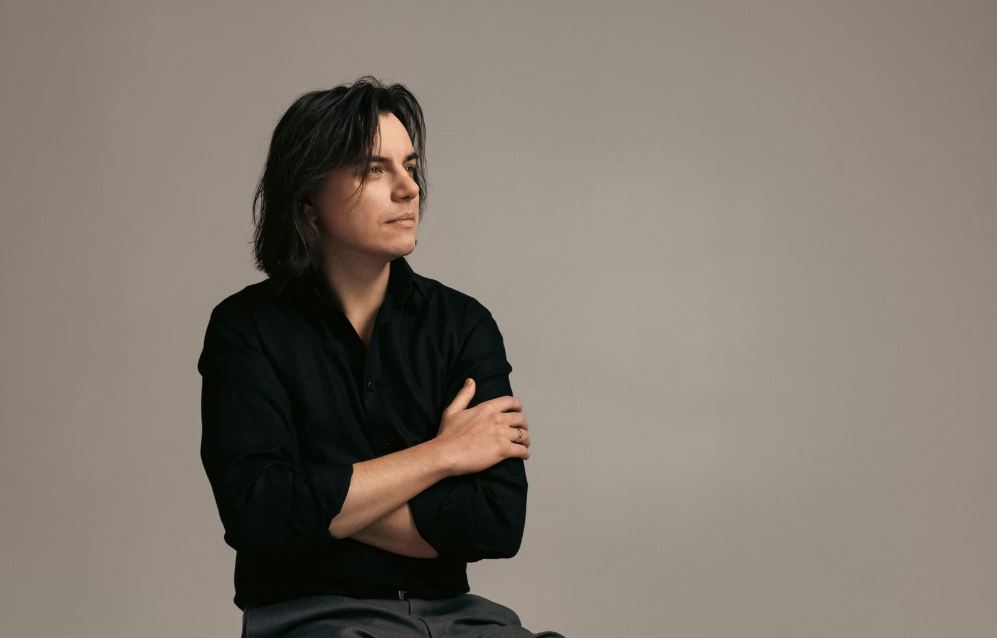"360-degree panorama of music education"
Do-re-mi in a quiet room - is that what a music teacher does on a day-to-day basis? Since June 2021, a broad-based working group under the leadership of the Swiss Music Schools Association has been scrutinizing the profession and developing a contemporary job description.

The career path to becoming a music teacher is clearly defined. After passing the entrance examination at a university, students complete a Bachelor's and a Master's degree, the latter with a focus on music education and didactics. They then teach independently or at music schools, often part-time, so that they have enough time for their own artistic work. - A brief summary that does not quite do justice to the wealth of opportunities that are available after graduation. Because what does that mean: teaching music? Is it one-to-one instrument lessons for school-age children? Is it leading a music and movement program? Is it leading parent-child singing, an ensemble for senior citizens, a youth orchestra, bands of all styles? Teaching in a team with elementary school teachers? Organizing and directing musicals and concerts? Setting up a music production program on a smartphone or computer?
Standardize professional understanding
In November 2023, the working group, consisting of members of various associations and representatives of universities and music schools from all over Switzerland, published the Job description music teacher. The document is intended to serve as a basis for music students and conservatoires as well as for those responsible for education, politicians and policy-makers. It is to be understood as an update of the mission statement developed in 2006 and provides an insight into topics such as the educational mission, training and further education as well as musical teaching and learning itself in four chapters.
The student at the center
The basic value of "pupil-centeredness" is particularly important to the working group: music teachers should focus entirely on their counterparts. This includes, for example, taking into account different biographies, but also the students' individual wealth of experience. This requires teachers to adopt an inclusive attitude and be sensitive to diverse needs and special learning profiles. This attitude, especially when including the physical dimension, is particularly important in the area of music and movement, as Céline Shuler, Head of the Rhythmics Switzerland office, emphasizes.
Broad-based and talent promotion - music for all
Another key point in the job description states that music teachers are ambassadors for music education and are committed to equal opportunities. "Music teachers lead their students to active music-making at both a broad and advanced level," says Marcel Blanchard, Prorector of the Zurich Conservatory of Music. Matteo Piazza, President of the Ticino music school association FeSMuT (Federazione delle Scuole di Musica Ticinesi), also emphasizes the importance of equal opportunities in music education, which is enshrined in Article 67a of the Swiss Federal Constitution.
Developing, thinking ahead
The concept of lifelong learning also applies to music education. According to the mission statement, this learning can take a variety of forms. Vessels such as coaching or team teaching are mentioned as well as participation in further education programs in both the pedagogical and artistic fields.
Promoting public awareness
Music teachers should be creative, musical role models, motivating, competent in organization and project management and yet, where necessary, spontaneous, interested in current developments and able to work together in different teams. These are high demands. - Are there such music teachers? "Oh yes, many things are not new and are already practiced in this way," says Christian Braun, Head of the St. Gallen Music School. "Unfortunately, many facets of this great profession are not yet known to the public," adds Philippe Müller, Head of the Cercle Lémanique d'Études Musicales in Lutry. Julien Feltin, Director of the École de Jazz et de Musique Actuelle in Lausanne, describes the document as a "360-degree panorama of music education in Switzerland". For the working group, one thing is clear: the professional mission statement should inspire and serve as a basis for reflection and further development. At the same time, it should show where the potential of music education lies - with the aim of further anchoring the offer throughout Switzerland both structurally and politically.
The job description is in
German https://www.verband-musikschulen.ch/de/musikschule/musikpaedagogik/berufsleitbild
French https://www.verband-musikschulen.ch/fr/musikschule/musikpaedagogik/berufsleitbild
and Italian https://www.verband-musikschulen.ch/it/musikschule/musikpaedagogik/berufsleitbild
before.








